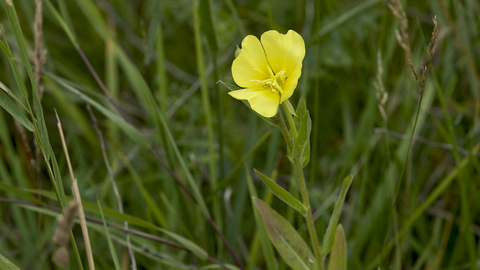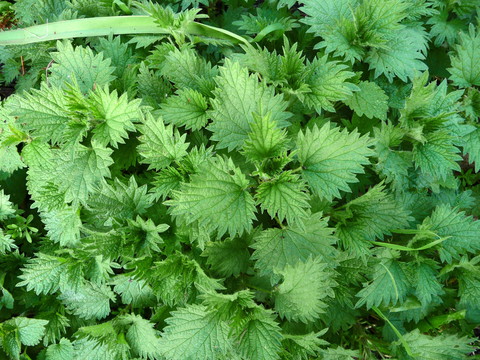Image shows a swallow-tailed moth (source: butterfly-conservation.org)
I've only recently developed an interest in gardening, and that interest is really an interest in gardening for nature. I've no interest in creating a garden that's pleasing to the eye if it's to the detriment of nature and wildlife (as you may be able to tell if you read my last post, here). In this post, I would like to consider those plants and flowers that will be particularly attractive to the night flying moths. You might be forgiven for forgetting about those fluttering Lepidoptera that come out when you go to bed, but they will benefit from considerate gardening as much as the day flying butterflies and moths.
The plants mentioned here will benefit other insects too.
Evening primrose (Oenothera missouriensis)
Image shows evening primrose flower (source: wildlifetrusts.org)This flower's bright lemon-yellow colour and its evening fragrance ought to be alluring to those emerging when the sun goes down. This hardy perennial will bring colour to your garden year after year. Years during which moths will have one more reason to visit your garden.
Honeysuckle (Lonicera periclymenum)
Image shows common honeysuckle (source: gardenersworld.com)On summer evenings, the fragrance from the flowers of this plant will call irresistibly to pollinating moths. But this plant can also provide food for birds, bees, other insects, and even dormice. It is of great value to all forms of wildlife! However, some species of honeysuckle are invasive and can outcompete other plants in the garden so do your research. In fact, that would be a good idea with regards to anything that you are going to plant in your garden.
Common jasmine (Jasmine officinale)
Image shows Common jasmine (source: gardenersworld.com)As with the previous entries this flower will draw in moths in the evening, providing nectar for night flying moths. If you can plant all three of these plants in your garden - or any diverse selection that will provide moths with food - you might want to set up a moth trap (an old white sheet and a decent torch will do the trick). That way you can find out which species are getting the most from your efforts!
Common stinging nettles (Urtica dioica)
Image shows stinging nettles (source: wildlifetrusts.org)I know, they're not particularly attractive. And if, like me, you're partial to roaming countryside footpaths you'll probably have caught the irritating sting of this plant on your calves or forearm as you've made your way along an overgrown path. But a patch of nettles is hugely valuable to a number of species of butterflies and moths which will lay their eggs on this plant, which in turn will also provide food for the caterpillars. If you need another reason, you can add nettles to some of your own recipes! It's not just for the caterpillars, you know! (Better to harvest them when the caterpillars and butterflies are done with them though, I'd say).
Holly (Ilex aquifolium)
Image shows holly leaves and berries (source: rhs.org.uk)This evergreen plant, as well as being long associated with Christmas, is another that caterpillars will feed upon. Of course, the berries also provide food for birds, and it will be attractive to many other pollinators. Also, if you let it grow a little wild, not cutting back too much, it will provide cover for moths and other insects that are attempting to evade predators. Moths will use the cover of plant life, as well as leaf litter on the ground, to hide. I mean, don't forget, bats also come out at night and, whilst the bats are just doing what they need to do, it might be nice to give the moths a fighting chance!
Well, this is nowhere near being an exhaustive list but I hope it has given you some ideas. Our gardens can be a joy to us during spring and summer days as we sit in the sunshine and listen to the bees or watch the butterflies. But don't forget that the night has its own life with its own struggles, and we can make space for those that occupy the dark too.
Thank you for reading. If you enjoyed this piece, you can buy me a coffee on ko-fi, where I regularly post updates about this blog and other of my writerly endeavours; all support is received gratefully and is very much appreciated! It keeps me writing, so thank you!
.jpg)







No comments:
Post a Comment